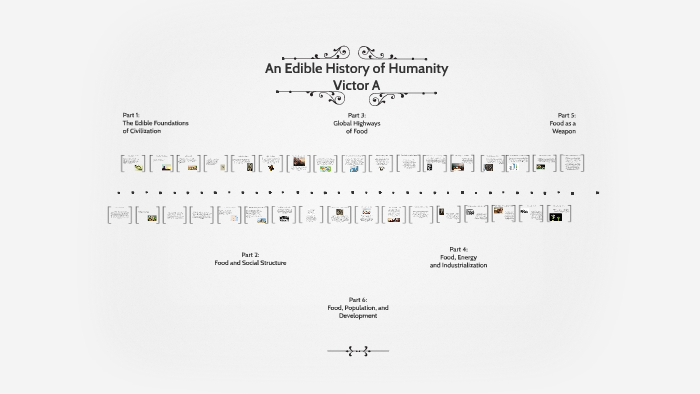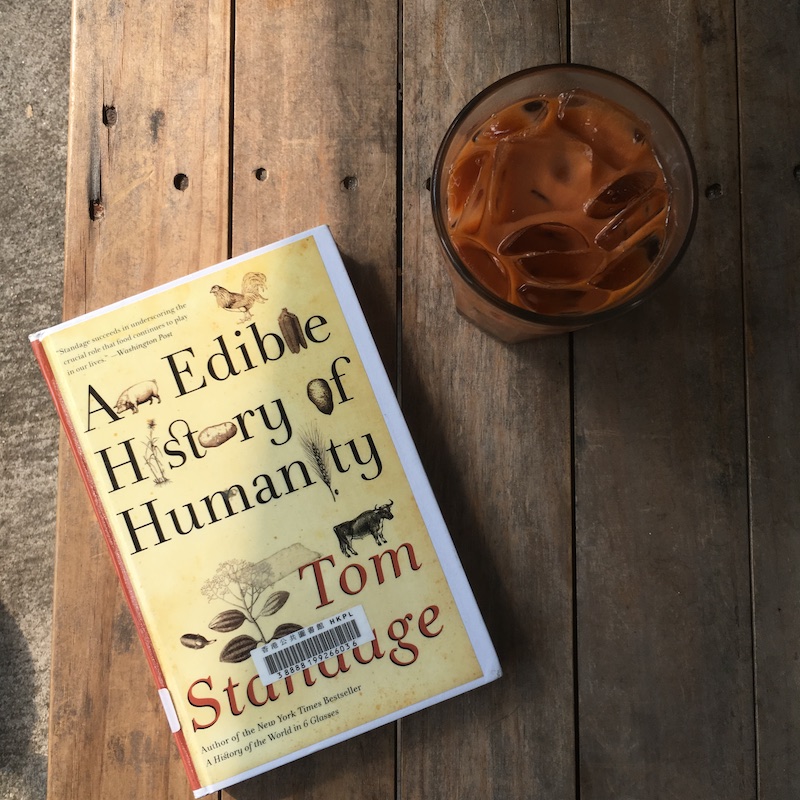
A plant that has been bread into a single inbred pure line cannot easily revert back to its wild state, even if the author thinks so. There are also osom large misunderstandings on how evolution and artificial and natural selection works in some parts of the book. I am interested in the actual plants as well, but there was very little details on this. To me it seemed the author was not really interested in food and spices in detail, only how they affected other things in history. I had wished to see more talk about agriculture, botany, and cooking cultures, and less about religious practices, policies and general history (in the past and today). The writing is clear, but sometimes the food gets lost among all the other history. It gives a great introduction to especially pre-medieval and medieval times and how they affected crops, spices and agriculture in Europe, and later in America. This book is a hybrid between a food and history book, just like the title indicates. And today the foods we choose in the supermarket connect us to global debates about trade, development, the environment, and the adoption of new technologies.Įncompassing many fields, from genetics and archaeology to anthropology and economics-and invoking food as a special form of technology- An Edible History of Humanity is a fully satisfying discourse on the sweep of human history. In the twentieth century, Communist leaders employed food as an ideological weapon, resulting in the death by starvation of millions in the Soviet Union and China. Food helped to determine the outcome of wars: Napoleon's rise and fall was intimately connected with his ability to feed his vast armies.

In the late eighteenth century, Britain's solution to food shortages was to industrialize and import food rather than grow it. Trade in exotic spices in particular spawned the age of exploration and the colonization of the New World.įood's influence over the course of history has been just as prevalent in modern times. Why farming created a strictly ordered social hierarchy in contrast to the loose egalitarianism of hunter-gatherers is, as Tom Standage reveals, as interesting as the details of the complex cultures that emerged, eventually interconnected by commerce. The first civilizations were built on barley and wheat in the Near East, millet and rice in Asia, and corn and potatoes in the Americas. An Edible History of Humanity is a pithy, entertaining account of how a series of changes-caused, enabled, or influenced by food-has helped to shape and transform societies around the world.

Throughout history, food has acted as a catalyst of social change, political organization, geopolitical competition, industrial development, military conflict, and economic expansion.


 0 kommentar(er)
0 kommentar(er)
